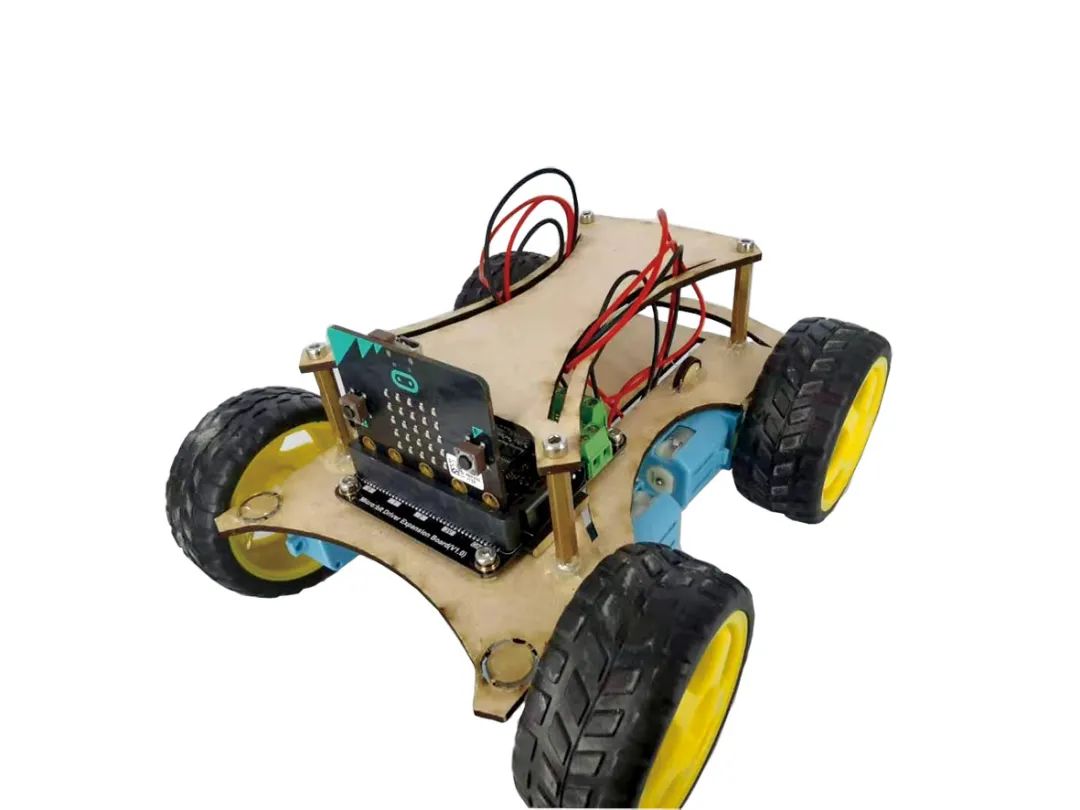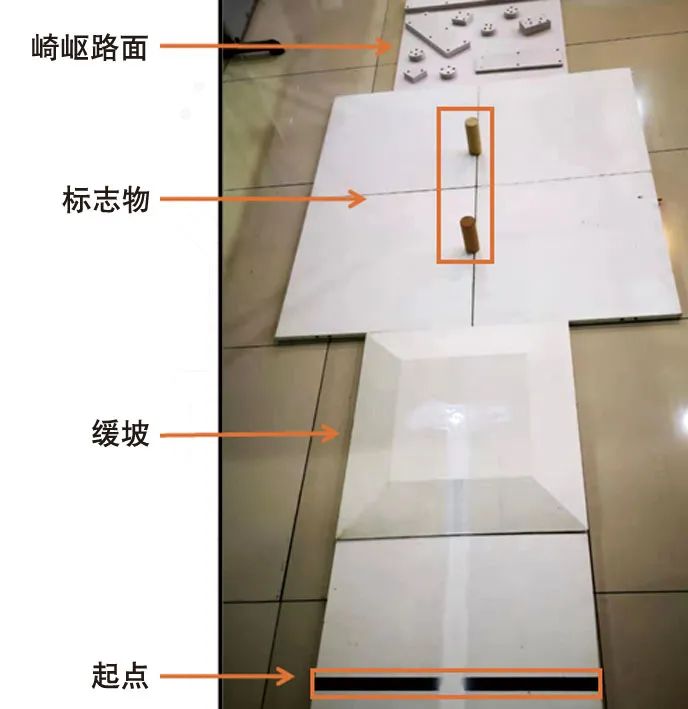
Artificial Intelligence Popularization Education: Designing and Building a Wheeled Robot with Micro:bit


01
Project Background
02
Project Objectives
03
Project Overview

04
Implementation Process

05
Summary and Reflection

Public Account: China Science and Technology Education
WeChat ID: cnstedu
Welcome to subscribe and share